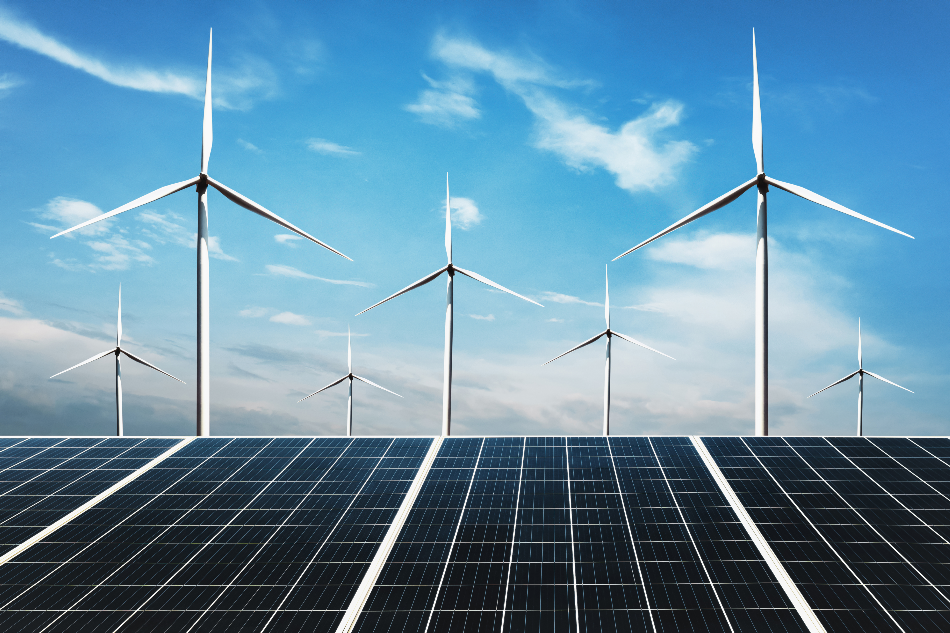
Image Credit: lovelyday12/Shutterstock.com
The global 3D printing market is growing rapidly, with forecasts predicting it to be valued at $15.8 billion by 2020, increasing to $23.9 billion by 2022, and $35.6 billion by 2024. A key driver of this growth can be attributed to new applications being found for the technology as developments are continually being made.
3D Printing in the Mining Industry
One industry that is just beginning to take advantage of the benefits of 3D printing is the mining industry. Up until recently, mining has been considered to be falling behind in terms of the adoption of new technologies. While the sector has come a long way in improving working conditions and productivity, it is still a dangerous sector to work in, which is energy-intensive and faces many barriers to optimum productivity. So now, mining is looking for new technologies to help it improve.
3D printing is a technology based on growing objects by producing individual, successive layers that bond together one layer at a time, hence, the process is considered an additive manufacturing process. Materials such as ceramics, composites, glass, metal powder, and thermoplastics can be used to construct the object. The process requires either computer-aided-design or 3D object scanners to instruct the connected hardware on how to build the object layer by layer into a precise and accurate 3D shape.
The objects created can be almost anything, and for this reason, major industries have embraced this developing technology over recent decades. Industries such as manufacturing, automotive, medical, aerospace, dental and architecture are benefiting from adding 3D printing into their processes.
3D Printing Can Optimize Supply Chains
Now, mining is ready to be revolutionized by the 3D printing industry. In a nutshell, 3D printing offers mining companies the possibility to streamline and optimize their supply chains, making processes more profitable, minimizing unplanned downtime, and reducing overheads. It is presumed that 3D printing will cause a profound shift in the entire industry.
First of all, mining operations often take place in difficult landscapes, where infrastructure is often built for the sole purpose of aiding mining projects. A lot of time, money and effort is spent in bringing in large pieces of equipment and machinery necessary for the project. However, with 3D printing, necessary parts can be printed on-site, eliminating the need to transport it. This reduces the costs of transportation, and in some cases, it may eliminate the need to create infrastructure, it also reduces the emissions of the industry related to transportation, helping to make the industry more sustainable and to meet emission-reducing regulations.
In addition, items can be printed as and when they are needed, which reduces the need for large buildings to store inventory, and so reduces the overheads of the operation. Further to this, printing items when they are needed means that spares are not required to be brought in to cover for instances where they may get lost or break, further reducing the cost of overheads, making operations more profitable.
Machinery breakdowns can hold up operations for weeks or even months as new parts are ordered in. This can delay project completion time as well as reducing profitability as staff and buildings may be paid for during the waiting period. With a 3D printer on-site, the required parts can be printed immediately, eliminating this threat to mining projects entirely.
3D Printing for Creating Customized Tools
Finally, 3D printing opens up the possibility of creating customized tools to suit the specific job in hand, which can be created in small quantities in a cost-effective manner.
Overall, it can be seen that the efficiency and profitability of the mining industry will be increased by the incorporation of 3D printing processes. The entire supply chain has the chance to be revolutionized, having the impact of reducing emissions, reducing down-time, reducing overheads and eliminating the need for excess stock.
Disclaimer: The views expressed here are those of the author expressed in their private capacity and do not necessarily represent the views of AZoM.com Limited T/A AZoNetwork the owner and operator of this website. This disclaimer forms part of the Terms and conditions of use of this website.